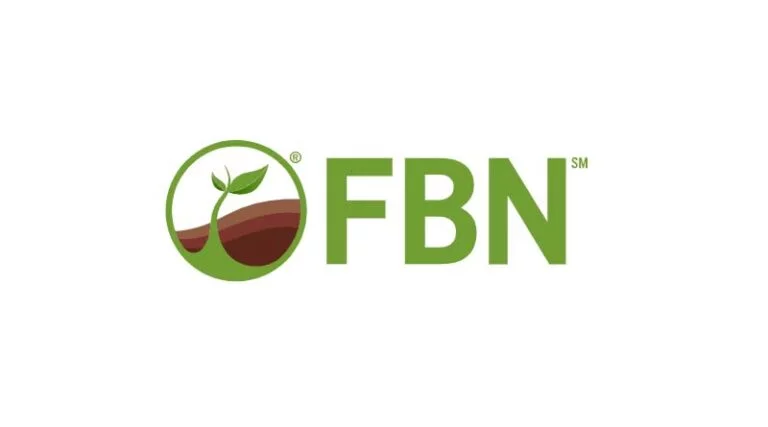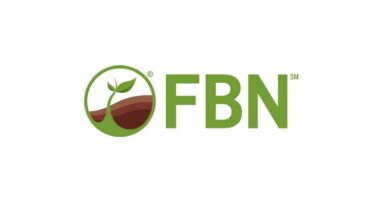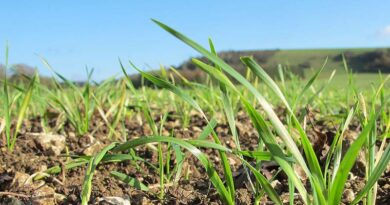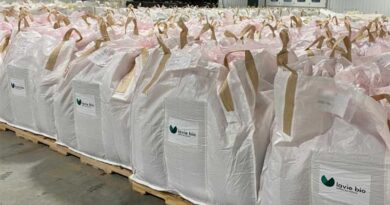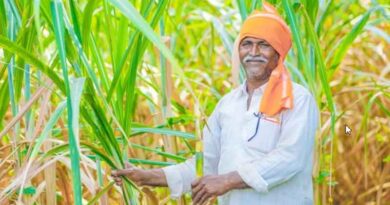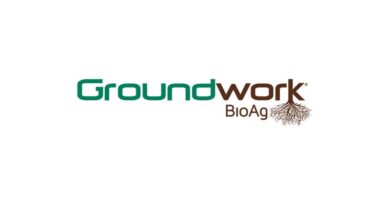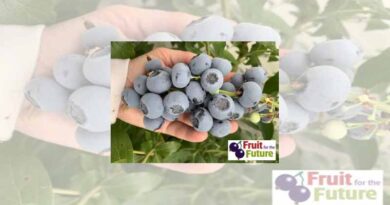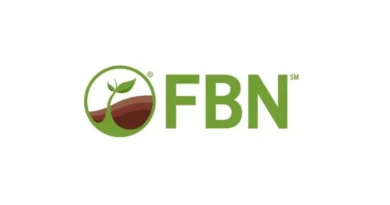Inoculants 101: Everything Farmers Need to Know About Inoculants
20 February 2024, US: To help improve crop quality, farmers are turning to inoculants. The global agricultural inoculants market was $9.19 billion in 2023, and it is predicted to reach $15.17 billion by 2028 because these beneficiary microorganisms are a reliable alternative to synthetic fertilizers and help improve plant productivity. The United States holds the largest share.
This guide includes the following sections:
- What Is an Inoculant?
- What Are Inoculants for Pastures and Crops?
- Why Do Farmers Use Inoculants?
- 3 Types of Inoculants
- When to Apply Inoculants
- How to Apply Inoculants
- How to Assess If the Inoculant Is Effective
- Buy Inoculants from FBN® Direct
What Is an Inoculant?
An inoculant is a beneficiary microorganism applied to either the soil or the plant in order to improve productivity and crop health. The inoculants definition can also include other kinds of microorganisms that help improve product quality and production, such as in silage and dairy products.
What Are Inoculants for Pastures and Crops?
The inoculant is a bacteria (rhizobium species) that is applied on the seed or in-furrow with a legume crop or forage. Growing as nodules in the roots of the crop, the rhizobium has a symbiotic relationship with the plant. It fixes the atmospheric nitrogen into the soil for the developing plant to uptake, and, in return, it acquires some of its own needs from the host plant.
There are various species of rhizobium bacteria. Each legume has a specific sub-species of rhizobium it works best with.
Additionally, there are other kinds of fungal inoculants that can help with the availability of nutrients. For example, another kind of inoculant could help boost phosphorus uptake under higher pH conditions in soil while yet another can help aid nitrogen fixation in cereal and oilseed crops.
FBN® offers the following inoculants to help Canadian farmers with nitrogen fixation in their pulse crops:
- Inject N, which includes the bacterium rhizobium leguminosarum, for peas, lentils, and fava beans (also known as faba bean or broad bean) comes in a liquidand granular
- Inject N, which includes the bacterium bradyrhizobium japonicum, for soybeans comes in a liquidand granular
Why Do Farmers Use Inoculants?
Farmers may use inoculants to improve both crops and silage.
Crops
Inoculants make nutrients more readily available and help improve crop health overall. They also help farmers save on nitrogen fertilizers.
Silage
Inoculants help improve the fermentation process, preserving silage quality — for example, the dry matter and protein content — for longer. They can also help with silaging at higher moisture. Furthermore, inoculants help to reduce the cost of supplementary rations.
3 Types of Inoculants
Here are three common types of inoculants used for seed:
- Peat
Peat is one of the common types of inoculant in pulse crops and can be applied on seed. It’s considered to be both an excellent inoculant option.
- Granular
Granular inoculant is the most popular inoculant type for pulse crops in the Canadian Prairies. It is applied in-furrow very close to the seed. Granular works well even under relatively dry weather conditions.
- Liquid-Based
Liquid-based inoculant is common for pulse crops. This inoculant type can be applied on the seed and works well under moderate moisture conditions.
When to Apply Inoculants
Inoculants should be applied when seeding a legume crop. It’s highly recommended to apply it as close as possible to seeding time. Sometimes, inoculant comes with the forage seed, but it may need to be bought separately if you are seeding a pulse crop depending on the product.
Research has also shown that sites with no previous soybean history have a strong yield response to dual inoculation in which liquid inoculant was applied on the seed and granular inoculant was applied in-furrow. Indian Head Agricultural Research Foundation’s three-year study showed an average yield increase of 7.4 bushels per acre or 24%.
How to Apply Inoculants
There are multiple methods of applying inoculants, with application placement dependent on formulation type. Always follow the product labels. Compatibility recommendations may vary if applying with other seed treatments or products.
Peat Inoculant
Prepare a slurry with the peat inoculant and apply it on the seed, mixing it well. Alternatively, apply it to the seed being augered to the seeder tank. Another option is too apply a small amount of moisture to the seed, add the peat inoculant, and mix them well in the hopper of the planter.
Granular Inoculant
Granular inoculant goes in a separate tank in the air drill to ensure rate accuracy. Apply as close as possible to the seed at the recommended rate based on the row spacing
Liquid Inoculant
Liquid inoculant is applied using same method as seed treatment. Apply it while augering the seed to the truck. Water can be added, but always ensure the seeds are dry by the time they get out of the auger. Too much water can result in seed clumping. Using a multi-nozzle system on the auger is recommended.
How to Assess If the Inoculant Is Effective
When using an inoculant on a pulse crop, it’s beneficial to assess its effectiveness as the crop begins to grow. This is simple to accomplish through an analysis of the nodulation and nitrogen fixation.
When to Perform a Nodule Assessment
The government of Saskatchewan advises farmers to perform an assessment of nodulation during early flowering. Typically, nodule formation starts around 14 days after the crop emerges. Under some conditions, though, nodules may form at three to four weeks.
The number of nodules formed and the rate of nitrogen fixation are usually at their highest in early to mid-flowering. Nodule efficiency is diminished after flowering.
3-Step Process of a Nodule Assessment
Choose five places in the field that represent what is typical at early flowering, and then execute the three steps below in each of the five places to determine the nodulation and potential of nitrogen fixation of the crop:
- Review the Quality of the Plant
Ideally, the plants in all five locations will be green and appear to be flourishing in their growth. If nitrogen fixation is poor, though, the plants’ growth may be stunted or their leaves may exhibit chlorosis (yellowing).
- Check the Position of Nodules
Using caution not to harm the plants, dig around at least two of the plants in each of the five predetermined areas of the field, but do not remove them from the soil. When the roots become visible, examine the nodules. Adding a little water may help with the assessment.
Ideally, both crown and lateral nodulation will be present. If the seeds are successfully inoculated, there will mostly be crown nodulation present. The crown refers to the soil that surrounds the seed. If there is native rhizobia in the soil, or if a granular inoculant was applied, there will be lateral nodulation. Having mainly lateral presence is unfavorable.
- Examine the Nodules’ Interior
At each of the five locations, cut the nodules so that their interior is visible. The nodule cluster number and colour will indicate the efficiency of the nitrogen fixation.
If there are upwards of five clusters of deep pink nodules, there is strong nitrogen fixation efficiency. The pink shows that the leghemoglobin required for active nitrogen fixation is available. However, if there are fewer than three clusters of pink nodules or if the nodules are closer to white, green, or brown, then the nitrogen fixation is not effective.
Overall, the warning signs that the inoculant is not working effectively include:
- Diminished growth
- Yellow leaves
- Lack of a healthy mix of crown and lateral nodulation
- Less than three clusters of pink nodules
- Discolored (white, green, or brown) nodules
If the majority of these warning signs are present, consider top dressing with nitrogen.
For more information on field assessments or to find more resources for agribusiness, farmers and ranchers, visit the official Saskatchewan website.
Buy Inoculants from FBN Direct®
Farmers seeking a varied assortment of inoculants will find that FBN has what they need to help improve crop health and optimize their ag operations.
Liquid and granular formulations of Inject N for peas, lentils, and fava beans as well as liquid and granular formulations of Inject N for soybeans can be purchased directly through FBN.com. For ingredient transparency, each product on the FBN website features detailed label information so farmers can make informed purchasing decisions. Always follow label instructions.
FBN empowers farmers to take back control of their time and get outcome-based value through:
- Transparent pricing
- 24/7 online shopping
- Direct-to-farm delivery
- Convenient delivery scheduling
Get the products you need, when you need them, through FBN Direct.
Also Read: Banana exports from India to touch US$ 1 Billion: APEDA
(For Latest Agriculture News & Updates, follow Krishak Jagat on Google News)

